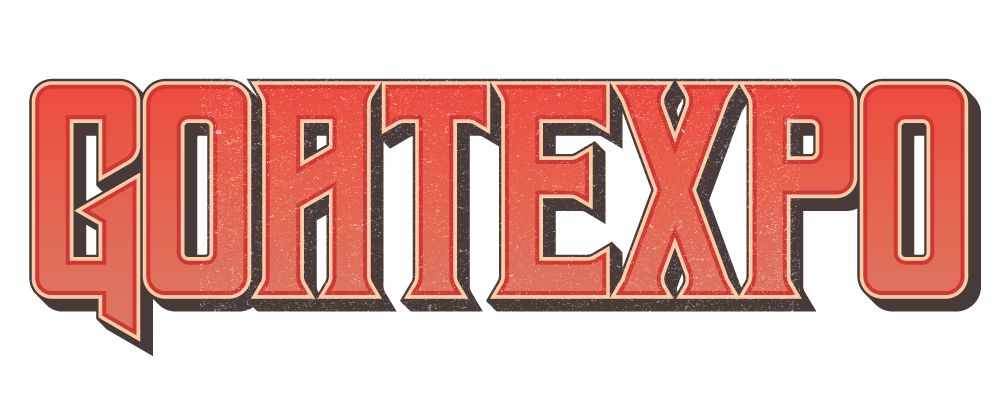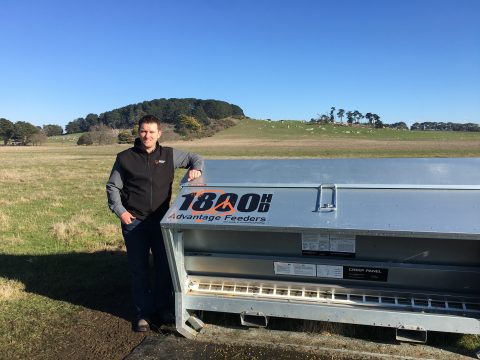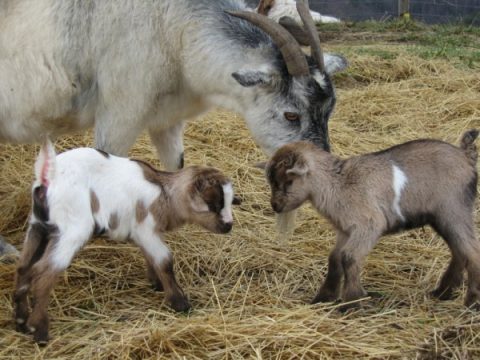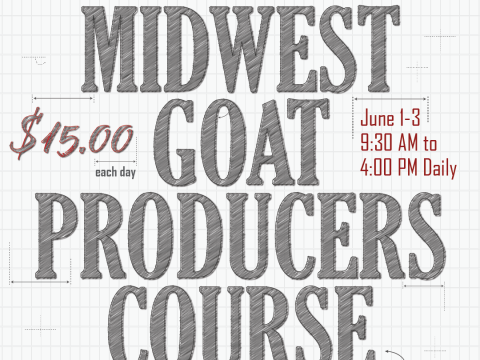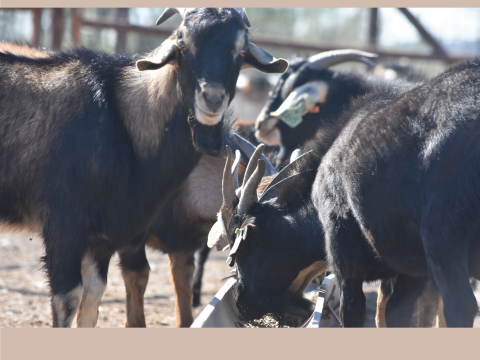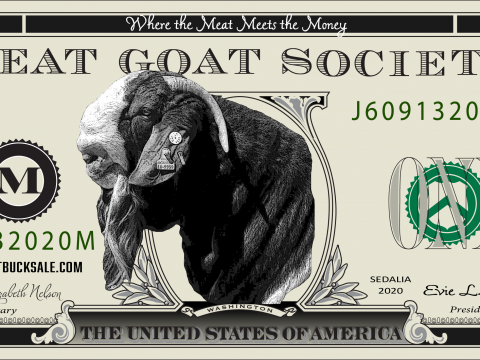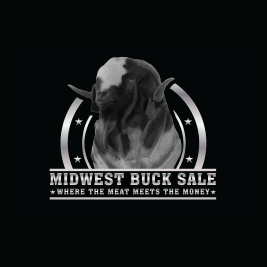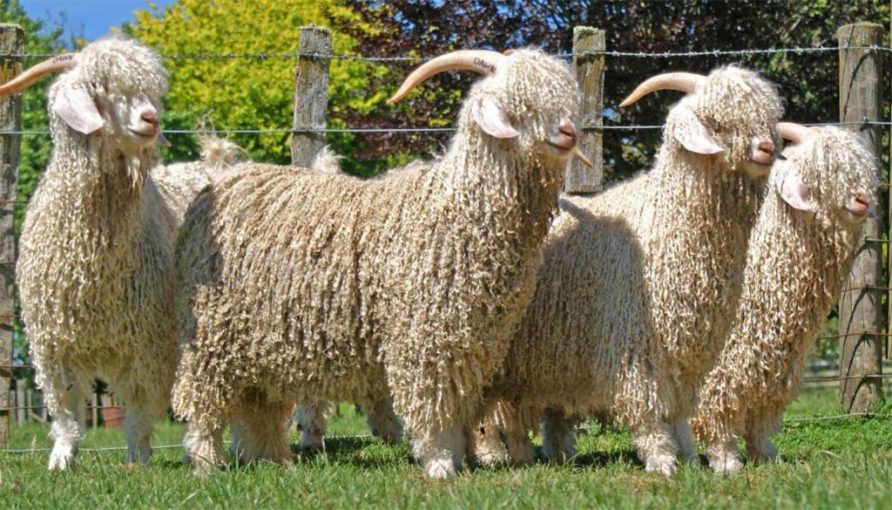
The fun of raising Angora Goats and the Small Farmer
Written by: Content Writer for Goat Gossip, Natalie Abomo
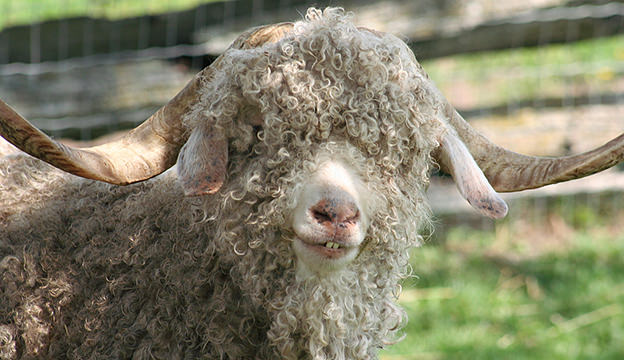
Presenting over three hundred different breeds, goats can be categorized as either domestic (bred and raised as farm animals) or mountain (living in the wild). As one of the first animal species to be domesticated, the uses of goats are extensive and include being used for food (cheese, meat, and milk), clothing (furs and hide), research, as pack animals, and to produce gelatin. Recently, it has even been reported that goats serve as effective companions for animals and humans alike, thanks to their social nature. Owing to their numerous roles, and because they are relatively cheaper and easier to manage compared to cattle, there has been a considerable rise in the goat rearing business lately.
Believed to have originated in then Asia Minor, the Angora goat is one of many domesticated breeds of goats listed among the most profitable goat breeds for commercial purposes. Typically smaller than other goat species, the Angora goat is in addition to its other functions as a food source, renowned for its fleece, called Mohair. Described as a lustrous and smooth fiber presenting anti-allergic properties, Mohair is favored for its durability, high insulation, resilience, smoothness and its multiple colors (black, brown, red, silver, and white), making its production the second largest animal fiber industry worldwide after wool.
Compared to most other fibers natural and synthetic alike, Mohair is reportedly a soft durable and resilient silk-like fabric or yarn lacking protruding scales on its surface, has great dye-absorbent properties, and presents heat-retention qualities. As a result, Mohair is ideal for the production of carpets, coats, craft yarns, home furnishing, light-weight garments, many other fabrics, scarves socks, suits, sweaters, wall fabrics, and winter hats. Furthermore, as a result of its human hair-like texture, Mohair also serves for producing high-grade doll wigs and customized dolls. Typically, an Angora goat produces on average 5-8 Kg of Mohair annually and is sheared twice a year. Because the softest fibers are acquired from the kids and younger goats, these are used to produce clothing while the coarser and thicker fibers from the older goats are used for carpets, heavier fabric for outerwear, and rugs.
Despite these functions, Mohair is rare; rare enough to be considered luxurious and grouped in the same category as cashmere and silk. This rarity can be explained by both pre- and post-shearing factors. Pre-shearing factors include those conditions that impact the quality of wool produced by the goat like its feeding and environment, while post-shearing factors describe any other factors that affect the sheared wool like the cleaning process to get rid of dirt and natural grease. Because of their relatively-denser coats, Angora goats have been reported to be more susceptible to ectoparasites than other goat species. This, coupled with the vulnerability of Angora goat kids, their higher-than-normal nutritional requirements, and their less-than-normal breeding capacities have been put forward as pre-shearing factors accounting for the rarity and consequent high-cost of Mohair fiber products. On the front of post-shearing, Angora goats have been reported to be most susceptible to climate changes and prone to accidents once sheared, adding more strain to the rearing process.
Summarily, despite the fact that rearing Angora goats is resource and time-consuming especially when dealing with the kids, there is no disputing that they are without a doubt the most efficient fiber-producing animals at any age, and a source of wealth. Furthermore, their size and temperament makes them the ideal commercial farm animals, approachable by people of all ages, gender, and sizes. As a result, farmers involved in Angora goat rearing are not concerned about hiring labor especially if they have a family.

